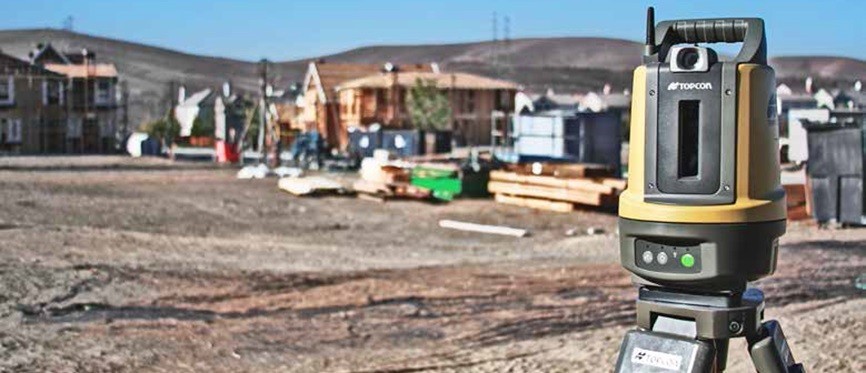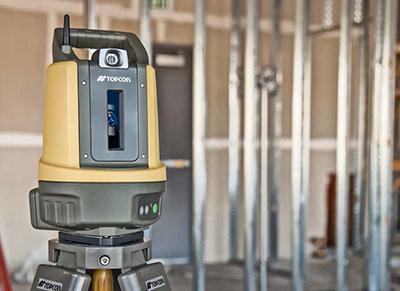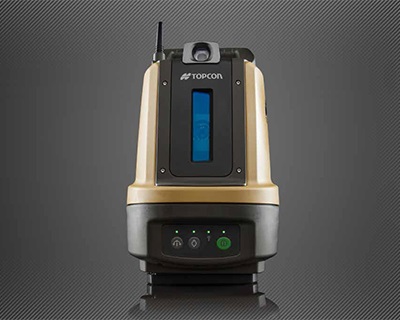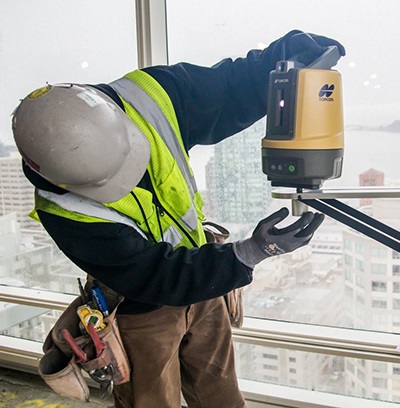News
- Topcon top of the pack for Finnish National Land Survey
- GPS Week Rollover
- A double win for Synergy at the Topcon Xperience Awards 2018!
- Topcon introduces new software for UAV inspection applications
- Topcon Talks About The Future of Construction in New Zealand
- International awards recognition for Synergy Positioning Systems
Newsletters
View all
Building Information Management offers a 360° view
|
|
May 04, 2015 – Synergy Positioning Systems managing director Mike Milne says that on a global scale, the idea of the digital jobsite is already a reality. Building Information Management is one of the key data sets within this movement. The idea of gaining a complete 360 degree view of any given construction project is underlined by the increasing popularity of Building Information Management (BIM), where a 3D model of a work site and structure can be monitored by stakeholders through the entire construction process, from initial design right through to occupation. Scanning a project site in 3D means construction management teams can analyse structures taking shape in real time and make assessments on when key milestones will be reached, or tackle potential issues before they occur.
Spatial measurement technology suppliers such as Topcon have begun to deliver specialised tools dedicated to BIM layout. The Topcon LN-100 is one such tool; designed to be easy-to-use without sacrificing the accuracy and versatility most BIM projects demand. The LN-100 creates an entire zone of 3D positioning data; by taking the 360 degree prism and smartphone controller anywhere in the layout zone, precise measurements are instantly achievable. The system allows for horizontal dimensions and vertical elevations to be produced anywhere in the layout zone. Additional accessories allow the LN-100 to be mounted on building column or other out of the way locations because there’s no need to stand and look through the lens. Here in New Zealand – where we enjoy a reputation as an ‘incubator’ market with a keen appetite for innovation – the continued demand for new infrastructure means the ability for entities of all sizes to utilise such digital technology has never been so great.
BIM goes beyond the planning and design phase of a project; it can potentially extend through the entire life cycle of a structure, with This sort of technology is incredibly powerful, as it enables the company in question to hold intricate knowledge of the precise level of resource they’ll need right at the start of bid. It is also one part of a wider suite of automation solutions.
|





